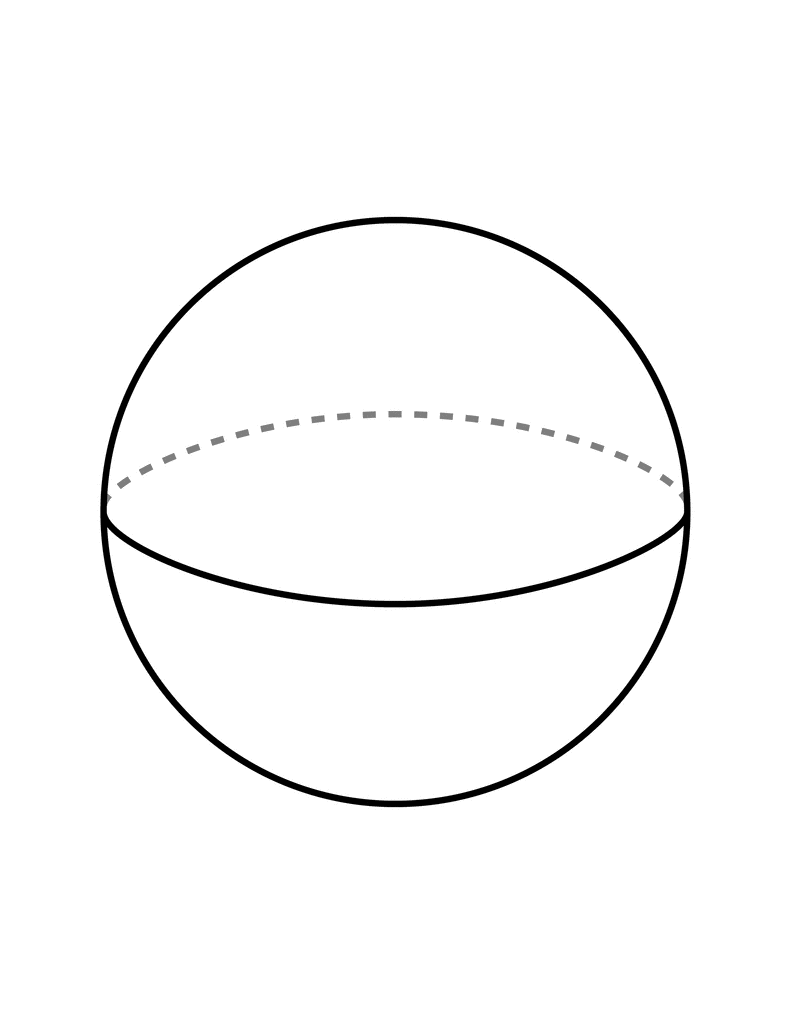Hi Grade 1 Families! Below are some activities for this week.
Learning
Plan – April 1-3
Task 1
Activity
– Drawing/Writing
Draw
a picture and write about what you have been doing since school ended.
Guiding
questions:
-how
are you feeling?
-what
is different? What is the same?
-what
are the things you like about being at home all day?
-what
do you miss?
-what
is something fun that you have done with your family?
-do
you have any questions for your teacher?
Learning
Intentions:
-I
can draw a detailed picture to represent my ideas
-I
can write and/or verbally share about my experiences
Extension
(optional):
-students
can edit and check their work for punctuation, proper spelling of sight words
and upper and lowercase letters
Important
note – this is a shared literacy activity. The goal is for students to share
how they are feeling/thoughts about how things have changed in the past couple
of weeks. The goal is for students to draw a detailed picture and write about
their experiences. You can support students with spelling, sounding out words
and generating ideas. You are also welcome to support them by scribing (write
some of their ideas for them) if necessary. The focus of this task is less
about printing/spelling and more about students sharing their
feelings/thoughts.
Activity
– Building/Writing
Option 1
Using
materials that you have at home, build something unique and special. Get
creative!!
Guiding
questions:
-what
is it called?
-what
is it used for?
-how
does it work?
-how
would you describe it?
-what
materials did you use?
Option 2
Using
materials that you have at home, build a setting and characters. Write a story
about it!
Guiding
questions:
-where
does your story take place (setting)?
-who
are the characters?
-what
is the problem?
-what
is the solution?
-what
happens in the beginning, middle and end?
Learning
Intentions:
-I
can use a variety of found materials (tin foil, paper, blocks, lego, sticks,
rocks, etc) to represent my ideas
-I
can share my ideas through writing
-I
can check for upper and lowercase letters and the proper spelling of sight
words
Extension
(optional):
-complete
both tasks, try and record your ideas in different ways, for example in Task 1
students could draw a diagram and include labels and in Task 2 they could write
a simple story
Task
3
Activity
– Math
Shape
Hunt – Go on a shape hunt around your house looking for and recording the 3D
objects that you see! Look for (at least) the 3D objects below and see how many
of each you can find. Choose a way to record your findings.
Guiding
questions
-what
3D objects can you find around the house (for example, a can of soup is a
cylinder shape)?
-what
3D objects can you name?
-how
will you record your ideas? (tally marks, graph, list, pictures)
-what
other 3D objects do you see?
Learning
Intensions:
-I
can name 3D objects
-I
can identify 3D objects around my house (can – cylinder)
-I
can record my findings
Extensions:
-after
the shape hunt, answer the following questions:
-which 3D object has the least?
Which has the most?
-count the number of each that you
found, is the number odd? even?
-add all of your groups together,
how many shapes did you find in total?
-describe
3D objects using the terms vertices and edges

-compare
and describe three different 3D objects
-build
3D objects using materials that you can find around the house (playdough,
toothpicks, pasta, marshmallows etc. with permission, of course!)
Task
4
Math
Grab,
Estimate, Count
Choose
different sets of objects around your house (coins, pasta, buttons, cereal)
take a handful, estimate how many, count and record the number.
For
large amounts, have students count 10 and put them aside. Seeing what 10 looks
like will help them make an estimate for the rest of the group. “If this is
what 10 looks like, how many do you think there are in the whole group.”
This
also leaves lots of options for how kids choose to count the group. They can
count by 2, 5, 10 or find other ways to count. Students are working toward
using more efficient strategies.
On
top of these three tasks, we encourage students to be reading for 20 minutes
each day. After reading, have your child discuss what they have read. Some
comprehension question you can ask after reading include:
-where
did the story take place (setting)?
-who
were the characters?
-what
happened at the beginning, middle, end?
-can
you summarize the story?
-what
is one new fact that you learned (non-fiction texts)?
-what
would happen if….
-why
do you think….
*If
your child would like to share their work with me, you are welcome to take a
picture and include it in an email. At this point we are unable to open
attachments, but can see photos that are included in the email itself. This is
completely optional*














